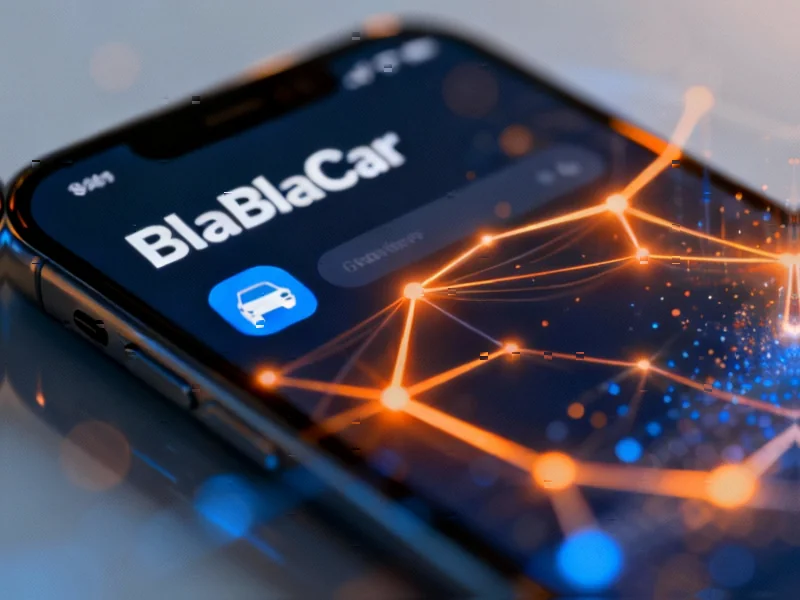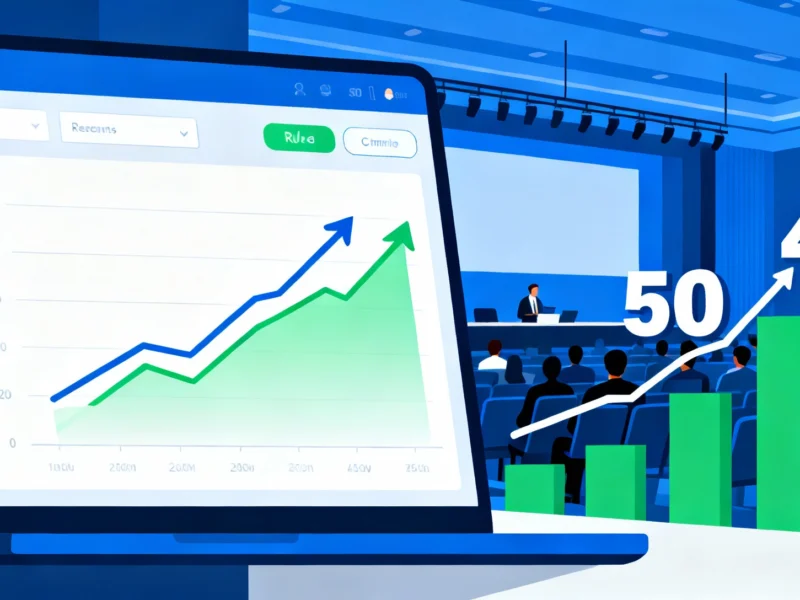TITLE: BlaBlaCar’s India Comeback Makes It Company’s Largest Market
META_DESCRIPTION: After exiting India in 2017, BlaBlaCar has quietly become the carpooling platform’s biggest market with 20 million passengers projected this year.
EXCERPT: BlaBlaCar’s Indian user base has skyrocketed from 4.3 million in 2022 to a projected 20 million this year, making it the company’s largest market globally. The turnaround comes seven years after the French carpooling platform shut its local office following poor traction against Uber and Ola.
From Exit to Expansion
In what industry analysts are calling one of tech’s most surprising comebacks, French carpooling platform BlaBlaCar has quietly transformed India from a market it once abandoned into its largest user base worldwide. According to recent reports, the company projects 20 million passengers in India this year—nearly a 50% jump from 2023 figures and enough to surpass established markets like Brazil and France.
Table of Contents
What makes this growth particularly striking is how it happened. BlaBlaCar actually shut down its India office back in 2017 after struggling to compete against well-funded rivals Uber and Ola. The company kept the app available though, and sources indicate that decision is now paying off spectacularly.
The Perfect Storm for Carpooling
Multiple factors appear to be driving this unexpected resurgence. India’s digital infrastructure has transformed dramatically since BlaBlaCar’s initial retreat, with smartphone penetration now exceeding 700 million users and digital payments becoming ubiquitous. The government-backed UPI system processed about 19.6 billion transfers worth roughly $284 billion in September alone, creating the frictionless payment environment carpooling needs.
Meanwhile, car ownership has reached record levels—4.73 million vehicles sold in 2024, according to industry data—while public transport remains inadequate for India’s 1.4 billion population. “We have lots of examples from users who say, ‘Before, I was flying to a destination or taking the train or not going at all—and now I can actually drive,'” BlaBlaCar CEO Nicolas Brusson told TechCrunch.
The growth appears largely organic, driven by word-of-mouth rather than marketing spend. Monthly active users in India average about 1.1 million this year, peaking at 1.5 million in August. Notably, about 95% of activity happens through mobile apps, reflecting India’s mobile-first digital landscape.
Beyond Major Metros
Perhaps most telling is where this growth is occurring. Roughly half of all BlaBlaCar rides in India happen outside the country’s top 150 travel corridors, suggesting adoption is spreading deep into smaller cities and rural areas. This aligns with broader trends of digital expansion beyond urban centers.
The economics are distinctly Indian too. Drivers earn about ₹390 ($4) per seat on average—significantly lower than the €15 ($17) they’d make in France for similar distances. This reflects local purchasing power and different cost-sharing expectations, analysts suggest.
BlaBlaCar has adapted its product for Indian conditions, introducing features like “meeting-point logic” since designated carpool zones common in Europe don’t exist here. The app now suggests pickup spots like petrol stations or highway exits using machine learning and user input.
Challenges Remain
Despite the impressive growth, BlaBlaCar faces hurdles in India. Regulatory ambiguity around carpooling has drawn scrutiny in some cities. User complaints about customer support responsiveness and last-minute cancellations persist, according to multiple user accounts.
The company has implemented safety features like ID verification, which it later rolled out globally, though TechCrunch found users can still book rides without completing verification. BlaBlaCar says this is a “deliberate design choice to make it easier for new members to engage” and that multiple safety layers protect users.
Strategic Patience
In a notable departure from typical tech startup strategy, BlaBlaCar isn’t rushing to monetize its Indian user base. “We are in no hurry to start introducing a fee or generating revenue in India,” Brusson said. The focus remains on building usage, with plans to finally reestablish a local office by early next year.
The company also maintains an interesting perspective on competition. Rather than viewing Uber and Ola as direct rivals, BlaBlaCar sees them as “demand-led” products while positioning itself as “supply-led.” The real competition, executives suggest, is people choosing to drive alone or take trains and buses.
This unexpected Indian resurgence comes as BlaBlaCar’s “center of gravity has shifted away from our initial markets in Western Europe toward places like Japan, Turkey—and increasingly, India,” Brusson noted. For a company that once walked away from the subcontinent, India’s second chance is proving far sweeter than anyone anticipated.



